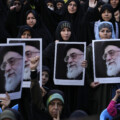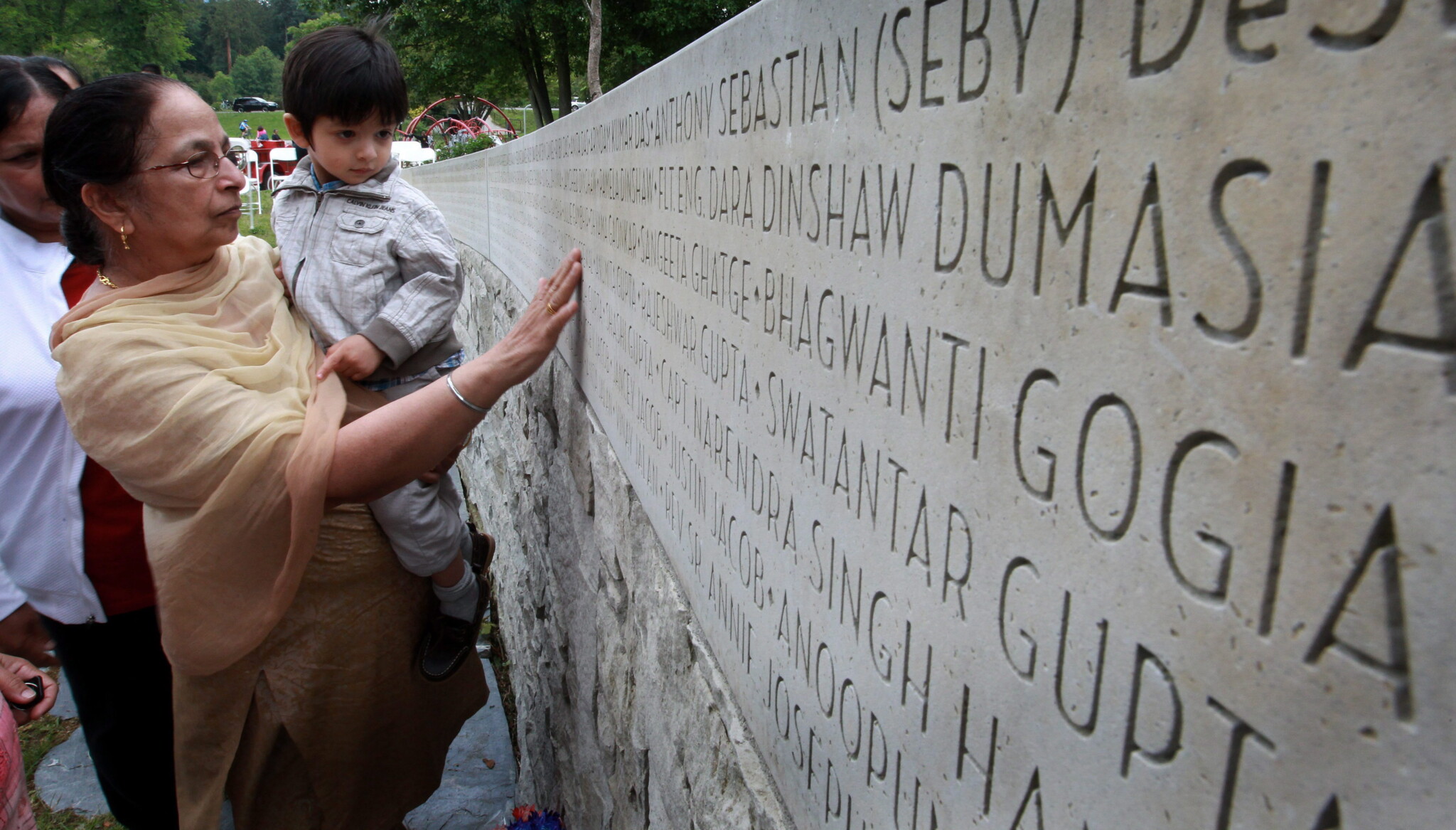June 23, 1985. The Air India bombing was the worst case of aviation terrorism until September 11, 2001, and remains the worst terrorist attack in Canadian history. Over 200 Canadians of Indian descent were on the flight and lost their lives. Only 131 bodies were recovered. Yet it’s not clear that many Canadians are familiar with this tragic experience.
Yesterday marked its 39th anniversary. Outside of cursory mentions, how much national commentary, and how many public commemorations did you see marking the occasion?
The 1985 Air India bombing (which involved Air India flight 182) was carried out by members of the terrorist organization known as Babbar Khalsa, a Sikh militant group associated with the Khalistan movement. We cannot understand the bombing and its historical significance without knowing what led to it, why it happened, and what followed in its aftermath.
It is believed that Talwinder Singh Parmar, founder of Babbar Khalsa, was the bombing’s mastermind. His involvement relates to the social, cultural, and religious conflicts taking place in India at the time. As I have written in a previous article, the 1980s were a difficult period for India as tensions between the government and Sikh militants hit a boiling point, marked by Operation Blue Star—a military attack on the Golden Temple (the holiest site for Sikh prayer) in an effort to route out Sikh militants—in June 1984.
Parmar was originally incarcerated in Germany in 1983 for murdering two Indian police officers in Punjab but was released roughly one month after Operation Blue Star. He promised that he would take “revenge” for the military attack on the temple. He settled in Canada in the early 1980s, having been naturalized as a Canadian citizen well before the bombing.
Parmar eventually recruited others to carry out the attack. Inderjit Singh Reyat, who was an electrician residing in Duncan, B.C., constructed the bomb. The other two accomplices, Ajaib Singh Bagri (a mill worker from Kamloops) and Ripudaman Singh Malik (a Vancouver businessman), were brought on to carry out the plot. There were other actors involved, including Hardial Singh Johal, seen at the airport the day of the bombing (and booking the tickets), Daljit Sandhu, accused of picking up the plane tickets, and Surjan Singh Gill, an alleged mole.
We now know how security failings and fumbled investigations by CSIS and the RCMP failed to prevent the bombing plot that certainly could have been stopped. By October 1984, CSIS had obtained intelligence that referred to the possibility of a plane bombing; there was even credible evidence found by both CSIS and the RCMP. This included the accomplices’ past criminal histories, Babbar Khalsa’s reputation as a dangerous group, the knowledge that the plot would originate in Vancouver, and even hearing Parmar and Reyat testing explosives on June 4, 1985 (believed to be gunshot sounds).
CSIS was established in June 1984 and was still in its infancy at the time these developments occurred, likely impacting processes and assessing threats. Two independent sources, unnamed individuals, revealed to Tim Crook of the Vancouver Police Department (VPD) that the plot had begun before Air India released its flight schedules in late 1984. The RCMP did not act on any of the intelligence collected prior to the bombing.
Fast forward to June 23, 1985. A suitcase containing the bomb was loaded on Flight 182, despite the suitcase’s owner being absent from the flight. It eventually exploded off the Irish coast above water, killing all on board. Another bombing also orchestrated by Parmar occurred at the Narita Airport in Japan, but in that case, the explosive detonated before the plane took off, killing two baggage handlers.
The aftermath of the bombing led to a more than decade-long investigation. Parmar was initially arrested in 1985 and later released due to lack of evidence; he was subsequently killed in 1992 by the Indian police. Reyat would later plead guilty to manslaughter, and Bagri and Malik were acquitted in 2005. During their trial, Gill’s role would be debated, without any clarity on whether he was indeed a CSIS agent who had been asked to pull out of the operation days before the bombing. Reyat was the only one out of the bombing suspects convicted in the Canadian courts.

Inderjit Singh Reyat, the only man ever convicted in the Air India bombings of 1985, waits outside B.C. Supreme Court in Vancouver on September 10, 2010. Darryl Dyck/The Canadian Press.
Following the bombing, it was revealed that CSIS had purposefully destroyed tapes of telephone calls between bombing suspects. RCMP documents also revealed that CSIS had ordered the destruction of wiretaps to hide the fact that one of their agents had infiltrated the Sikh extremist circle but was ordered to pull out just days before the bombing.
While today we are not necessarily focused on aviation-based terrorism per se, we are still dealing with issues of foreign interference and how we act on intelligence. Last year on the 38th anniversary of the bombing, the Angus Reid Institute conducted a study that found 60 percent of Canadians aged 18-34 had “never heard” of the Air India bombing, and of those who had, 42 percent believed that Canada has not done enough to remember this tragedy. CSIS and the RCMP were criticized by India in the aftermath of the bombing, criticism that extends to concerns about Canada’s monitoring of Sikh extremism today.
One important detail is how, in the immediate aftermath, this was not treated as a Canadian tragedy—because it wasn’t considered to be one. Former and late Prime Minister Brian Mulroney sent condolences to the Indian government following the bombing, under the assumption that the victims were mostly (and incorrectly) Indian citizens. He would later reaffirm that Canada would improve on assessing anti-India threats. It remains that no matter one’s ethnicity or religious affiliation, Canadian lives were lost on that flight.
The fate of Flight 182 transcended national boundaries, the pre- and post-bombing processes were wrought with security failings (not all fully described in this article). In 2011, then Prime Minister Stephen Harper announced the implementation of the Kanishka Project, aimed at counter-terrorism and combatting extremism, conducted over a five-year period.
It was good to see the government remember this tragic part of our history. But what about the rest of Canada?
Recommended for You

J.J. McCullough: What Trudeau never understood about Canadian pride—and Poilievre does

The legacy media constantly warns about the ‘far-right’—but struggles to define it

Migrants will flood Canada’s southern border and a tactical nuke will be used in war: The Hub’s can’t-miss predictions for 2025

The end of Iran’s clerical rule and wine is a tragic casualty in Trump’s tariff war: The Hub’s can’t-miss predictions for 2025





